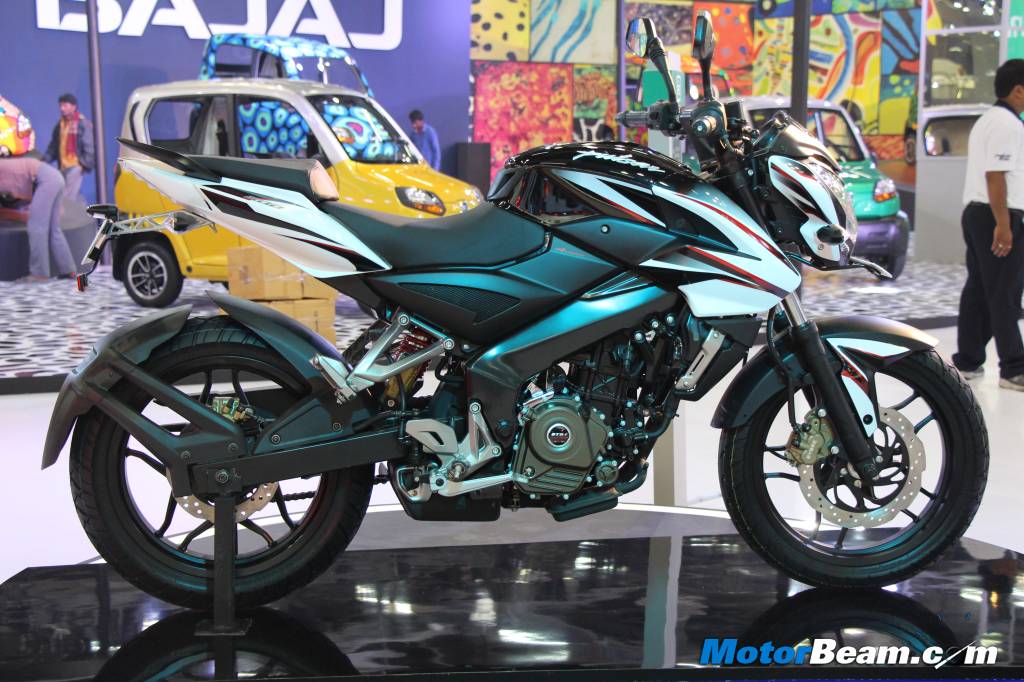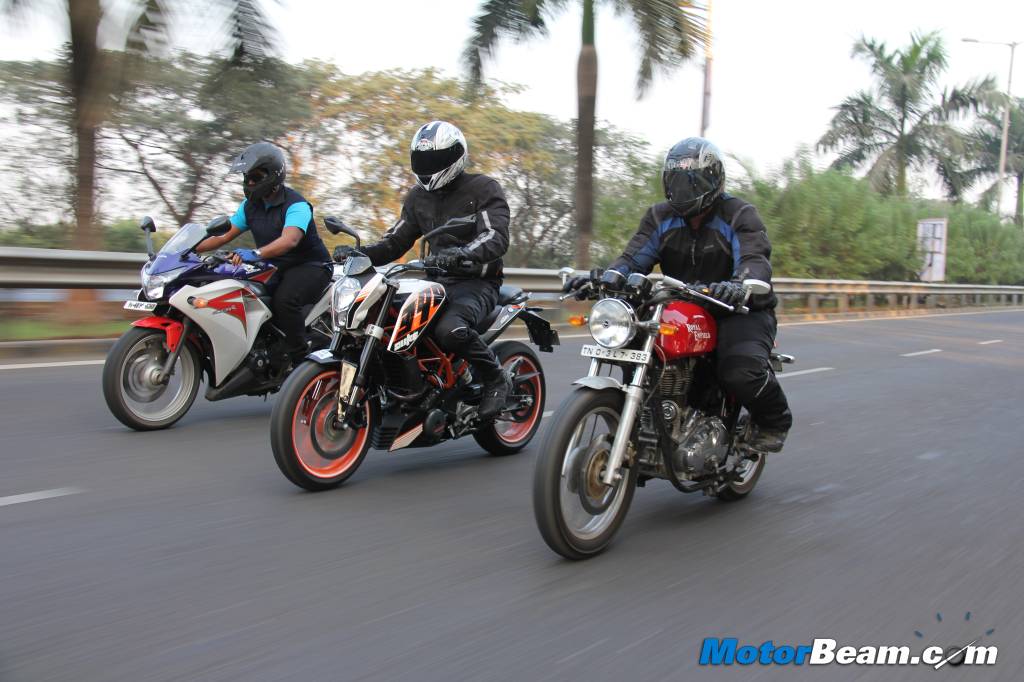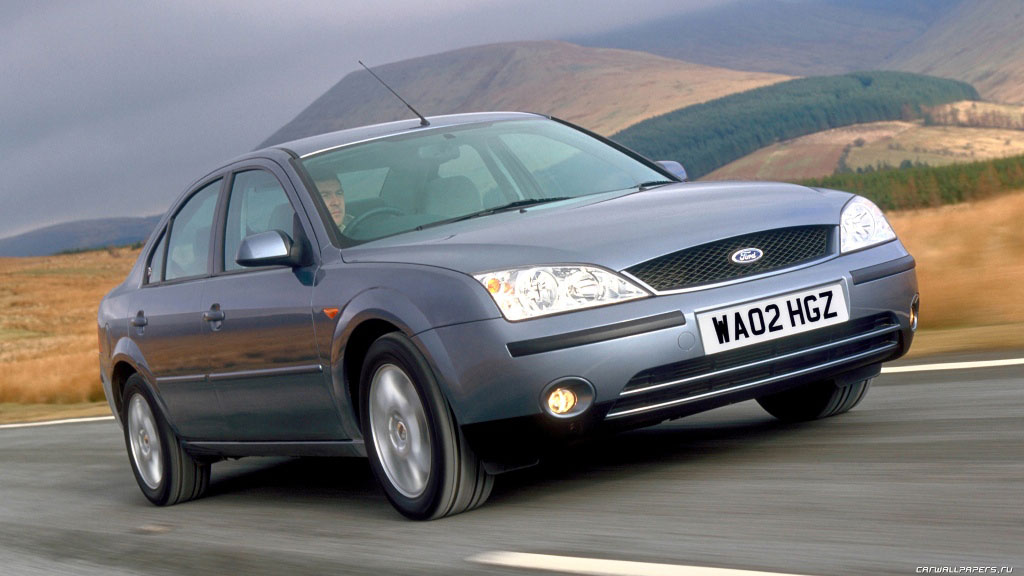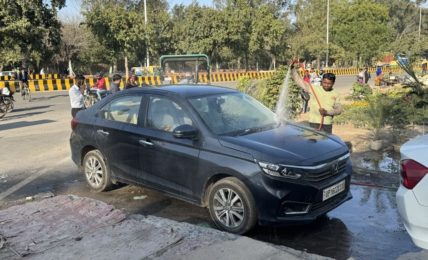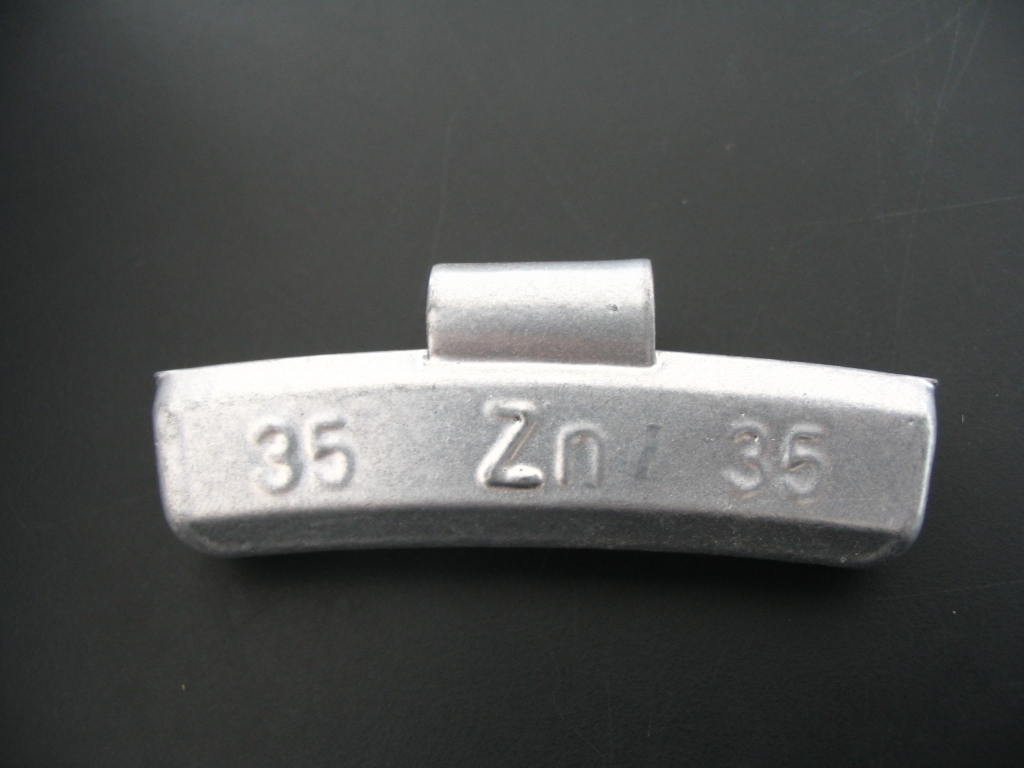We at Motorbeam not only break news but also assist people in taking decisions while buying automobiles, and provide technical assistance as well. Every day millions of vehicle roll out of the showrooms and each vehicle owner receive million tips on many aspects. Hence we decided to clear out the air and here is a detailed explanation of one of the most confused era every owner faces after buying a brand new automobile; usage/maintenance of vehicle especially for the first 500-1000 km which is commonly known as ‘running in’ period. I being a mechanical graduate and working in automobile sector (to be precise IC engine design) want to present you the so called truth about ‘running in period’. This article is written as a bike owner’s perspective.
As soon as one buys a vehicle in our country the first question we ask the delivery manager is “What is the maximum speed can I go till my first service?” and the answer you get is “60 km/hr.” This is where the owners are derailed with information. Let me tell you that this common information is an absolute blunder. There is no hard-fast rule that the bike’s maximum speed should be 60 km/hr in its ‘running in’ period. To explain this I want to take example of two bikes that have been running on streets; the first being mileage oriented Hero Splendor while the second being the performance oriented Honda CBR 250R.
1) Hero Splendor – A 100cc engine coupled with 4 speed gearbox.To achieve 60 Km/Hr the vehicle would probably running at 6000-6500 RPM and that too on the top gear whereas the engine is assumed to be redlined to 8500 RPM.
2) Honda CBR250R – This 250cc power-packed vehicle is coupled to 6 speed gearbox. To cruise at 60 km/hr the vehicle can be driven at 4th gear in 8000 RPM or 5th gear in 7000 RPM or 6th gear in 5000 RPM(approximations) whereas the engine is redlined to 12000 RPM.
Now the question is, if one buys a Splendor the rider would be riding at the top gear but what about the CBR owner who has got at-least 3 options? I guess you got the answer. Let me make it clear that it’s not the speed the rider has to control but the engine speed. Technical explanation of “why engine speed should be controlled?”is given below. I admit that many vehicles in India don’t have tachometer but don’t worry; I figured out a technique and it is easy for experienced drivers.
One must be knowing that engine speed is directly proportional to throttle; implying if you raise your throttle your engine speed would increase and vice-versa (not applicable in gradients). Hence if full throttle is 12000 RPM then half the throttle should be 6000 RPM. So you can do some assumptions based on throttle position; again which would be quite easy for experienced riders. For the bikes that got tacho’s the instrument reads it all.
During the ‘running in period’ it is advisable to go a maximum of 60 percent of your engine’s maximum speed. It implies irrespective of the speed barrier (60 km/hr) one can drive the vehicle based on their engine specification. Assuming same road conditions and limiting the maximum engine speed to 60 percent; Hero Splendor may do 55 km/hr, while a Bajaj Pulsar may do 70 and a CBR 250R may do 80 km/hr (all the vehicles being driven on top gears).
Technical explanation for “Why controlling the engine speed is vital during the running-in period?”
‘Running in’ period generally varies from 350-500 kilometres, maybe up-to 1000 kilometres in some cases. As explained earlier it should be kept in mind that the speed of the engine should be controlled but not the vehicle.
When a bike is new all the clearances between the parts are very low and those parts wear out due to rubbing actions.Apart from that micro particles left over after manufacturing also join this league in-case of an engine and transmission. Though parts are cleaned before final assembly there might be a few micro-particles that are left behind. Less clearance between the parts lead to more rubbing which will lead to higher heat generation and that is the reason new bikes dissipate more heat. Let us concentrate on engines.
Where there is rubbing, there will be loss of material and here it is in the form of micro particles. The engine oil not only cools the engine but also carries away these particles. The engine oil in the bike lubricates the cylinder liners, camshafts, poppet valves, crankshaft etc. Once the cycle is completed the oil falls back into the sump, filtered and pumped back to the system for lubrication. In a conventional bike the piston and cylinder liners are cooled by a spool that throws the oil from the sump.
The sump contains the oil that contains micro particles (that are carried from other parts) and the oil is spooled onto cylinder liners for cooling. If the rider suddenly accelerates, the oil throw will be vigorous there is a possibility of the oil containing micro particles to get stuck between the piston rings and cylinder liners. The micro particles would be carried away by the piston rings which can scratch away either the cylinder liner or piston skirt. This will affect the performance of the engine. Higher RPMs are also not suggestible as throw would be high in high which would again repeat the above effect. Not just piston skirt and cylinder liners, the crankshaft and camshaft bearings may also be damaged with micro-particles scratching off the bearing surfaces; eventually reducing the overall performance.
This is the reason why one should not drive their vehicles at higher speeds. Engine speed limitation should be followed for new engines as wear and tear during the ‘running in’ period is high. By the end of ‘running in’ period most of the micro particles are collected in the oil filter.
MUST FOLLOW –
1) Read the ‘User Manual’ completely. This is avoided by many people. Get to know the ‘running in’ period of your vehicle.
2) Complete ‘running in’ period before giving your vehicle for first servicing.
3) It is must to change engine oil and oil filter during the first servicing.
4) Avoid sudden acceleration.
5) It is advisable to go a maximum of 60 percent of your engine’s maximum RPM. Say for CBR do not rip the engine beyond 7000 RPM (CBRs maximum engine speed is 12,000 RPM).


